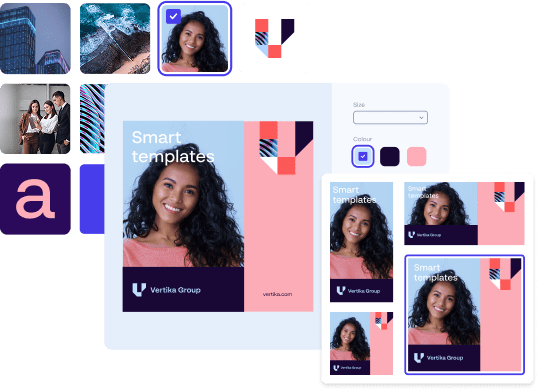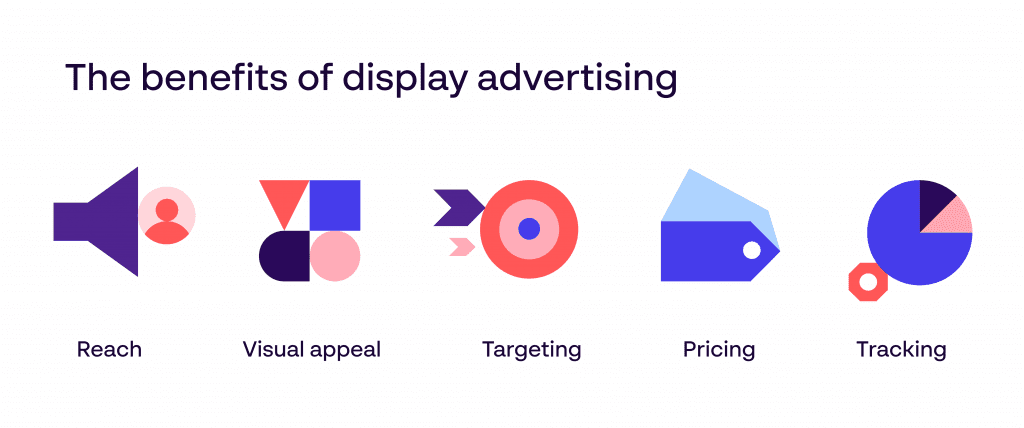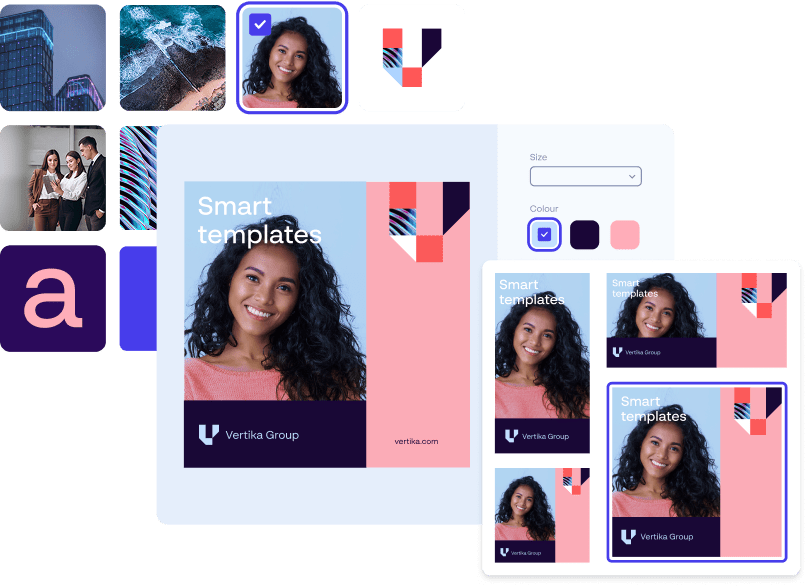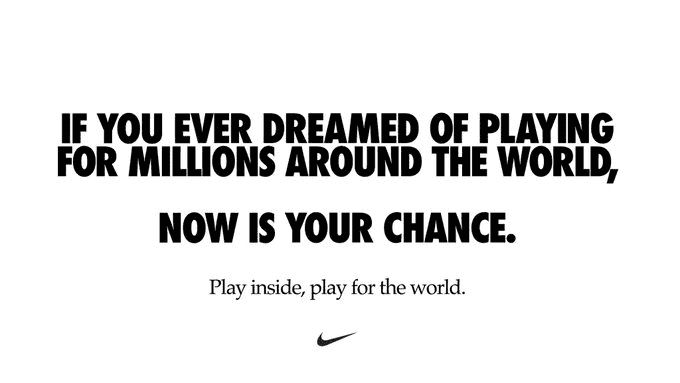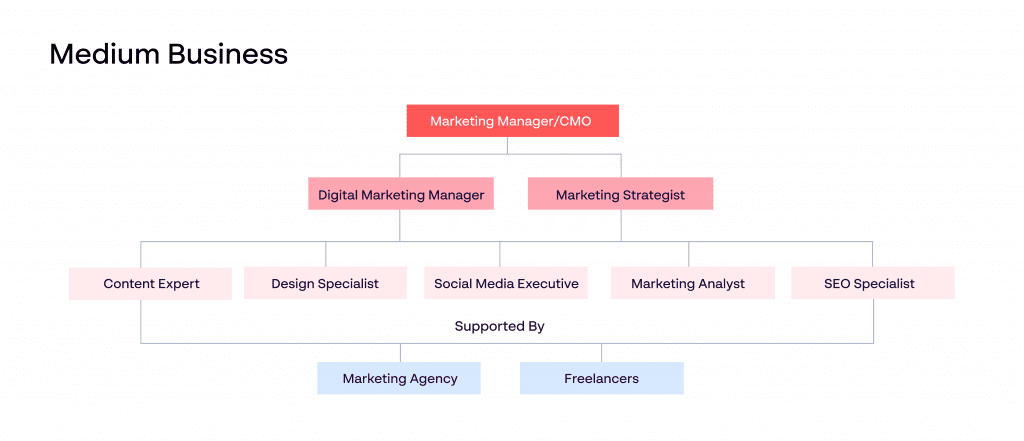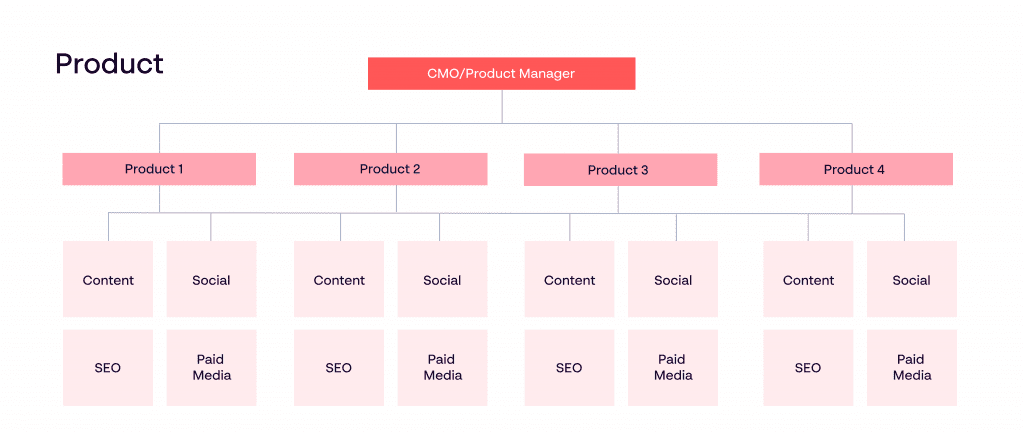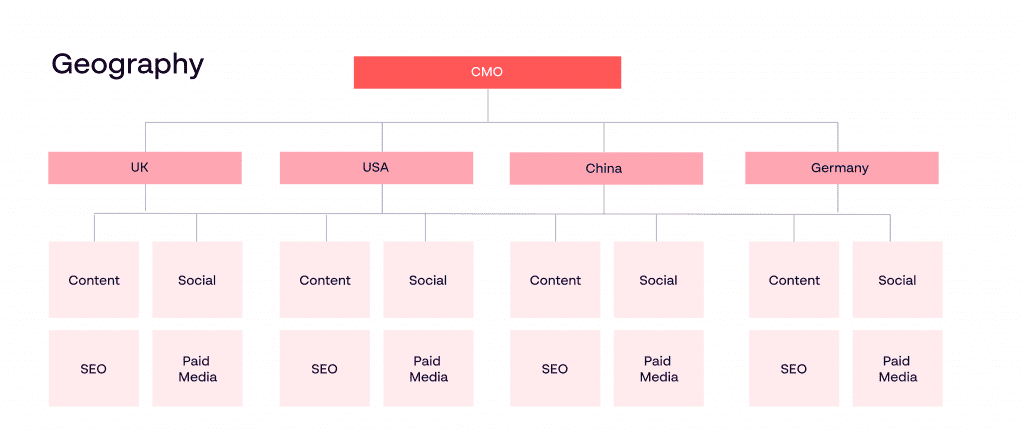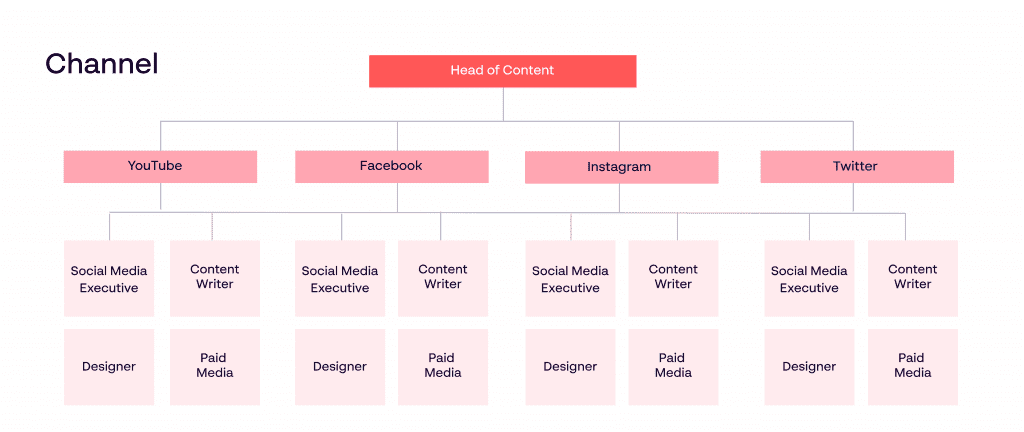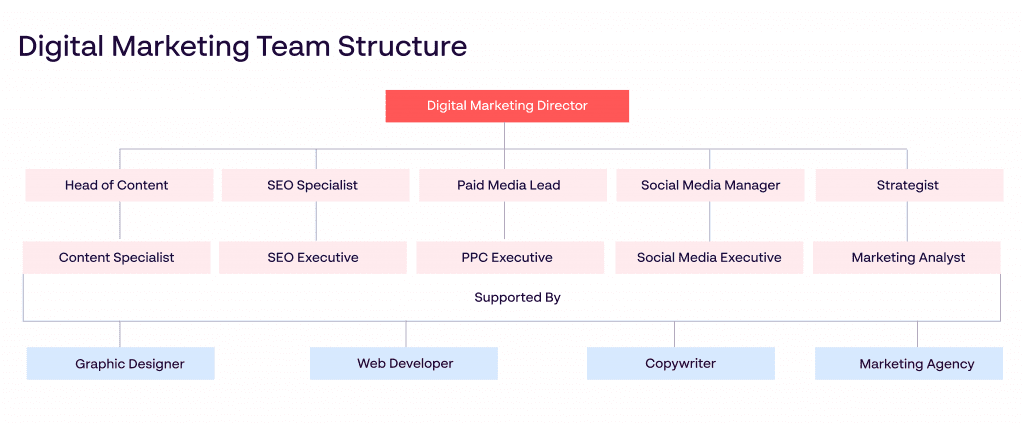Video has become a cornerstone of modern marketing, transforming how brands engage, educate, and influence their audiences.
To maximize its potential, you need to produce video content that is not only compelling but also consistent, scalable, and brand-aligned. And that means having the right strategy and content creation tools from the start.
Why video matters
Consider these stats:
- 91.8% of internet users worldwide watch videos online weekly (Datareportal, 2024)
- 93% of marketers say video marketing has given them good ROI (wyzowl.com survey, 2024)
- 84% of video marketers say video has directly increased sales (wyzowl.com survey, 2024)
- YouTube is the world’s second most popular search engine behind Google (Search Engine Journal, 2024)
In short, video is not just another social media content trend. It is the new standard in creative content marketing. But with opportunity comes complexity. Video content creation is not just highly effective – it can be very expensive and resource-intensive as well.
To maximize the impact of what you create, while at the same time aligning video content with marketing objectives, your strategy must account for both the advantages and the limitations.
Advantages and disadvantages of video marketing
On the plus side, video:
- Grabs attention more effectively than written content
- Evokes emotional responses and improve message recall
- Drives strong engagement and conversation
- Suits mobile-first behavior and has cross-platform reach
The downside is that video:
- Can be time-consuming and expensive to produce
- Requires more planning and technical support
- Is typically difficult to update post-publication
- May be limited by bandwidth or device compatibility
How can you maximize the impact of video content while minimizing the production bottlenecks? The solution starts with smarter, more strategic video planning.
7 steps to increase your chances of video content success
1. Choose the right video format for your audience
The format you choose should reflect your message, your audience, and your brand voice. Not all videos serve the same purpose – and not all will resonate with your viewers. Pick ones that reflect your team’s strengths and can scale easily. Then build repeatable processes around them.
7 tried-and-tested video styles:
- Vlogs: personality-driven content that is cost-effective to produce
- Explainers: videos created to explain a product, service or brand to your audience
- Tutorials: showing viewers how to use a product or service
- Promos: videos that publicize the effectiveness of your brand’s offering
- Webinars: discussions or interviews that explore a topic important to your audience
- Testimonials: stories from real customers that highlight how working with your company benefited them
- Behind-the-scenes: glimpses into the culture and atmosphere behind your organisation
- Animations: for clear, visual storytelling
2. Analyze competitor video strategies for insights
If you want a better understanding of what works and what doesn’t, take a look at how other brands are using video in your space. What’s getting traction? Which formats drive the most views or engagement? Where are there gaps you could potentially fill?
You don’t need to copy. But nor do you need to be completely original. The most effective strategy may be to improve on what’s already there. You can follow a trend without being a follower, as long as you deliver more value or stronger execution.
3. Repurpose content across all key marketing channels
Video is beautifully versatile. With just one well-produced piece of video content, you can fuel multiple content streams. For example:
- Add it to email campaigns
- Feature it on landing pages for better search visibility
- Break it into snippets for social media content
- Embed in blogs to boost time on page and SEO
That said, you should always aim to adapt your video content for each platform’s format and audience expectations. While two-minute explainers thrive on LinkedIn, they may need trimming for Instagram or TikTok. Explore content creation tools that enable you to repackage video content quickly and consistently, without multiplying your workload.
4. Master video SEO essentials: titles, thumbnails, tags, and CTAs
For best results, every piece of video content marketing should have the following checked off:
- Clear storyboard: No matter how simple or short your video, it pays to have a plan.
- Attention-grabbing title: Describe what people will get by watching your video, ideally in fewer than 60 characters.
- Quality thumbnail: This will be one of the first things your audience sees, so make sure it catches the eye.
- Keyword-rich description: Crucial, because this is what Google uses to rank your video for keywords and phrases.
- Relevant tags: Another key SEO and GEO component (see point 5), especially on YouTube.
- Strong hook: Modern viewers have very short attention spans, so make sure you grab them from the start.
- Effective CTA: Don’t leave viewers hanging – lead them straight to the next stage, whether it’s another video or your website.
5. Optimize video content for generative AI and search engine visibility
As AI-powered search tools like ChatGPT, Perplexity, and Google’s AI Overviews reshape how people discover information, your video content must be optimized for Generative Engine Optimization (GEO). Unlike traditional SEO, GEO focuses on how AI models interpret, summarize, and surface your content in response to natural-language queries.
To improve visibility in this new landscape:
- Use clear, conversational titles and descriptions that align with how your audience asks questions.
- Include accurate transcripts and captions – these boost accessibility and provide rich context for AI models to parse.
- Add structured data (schema markup) to your video pages so key information is easy for AI to identify.
- Address common audience questions directly in your videos and descriptions to increase the likelihood of being featured in AI-generated results.
- Prioritize technical performance: fast load times, mobile responsiveness, and minimal reliance on JavaScript.
- Host on platforms AI models trust – like YouTube – and cite credible sources in your descriptions to reinforce authority.
GEO isn’t a trend. It’s the next evolution of discoverability. And embracing it will ensure your video content stays visible – and valuable – in the age of AI.
6. Ensure consistent video branding to build trust and recognition
Videos are one of the most effective tools for building brand equity. But only when they reflect your brand’s identity consistently.
With Papirfly’s Templated Content Creation tools, teams can produce on-brand videos quickly, complete with approved intros, outros, typefaces, and transitions. This not only protects brand integrity but also removes design bottlenecks.
Empowering teams with pre-built templates means more content, faster turnaround, and no compromise on brand standards.
7. Design videos for mobile-first viewing and user experience
With most YouTube views happening on mobile, optimizing for smaller screens is non-negotiable. Your videos must:
- Play responsively across all devices
- Display CTAs that are easy to tap, not just click
- Use layouts and subtitles that are legible on mobile
Neglect mobile and you risk missing out on the majority of your audience – especially younger, on-the-go consumers.
Maximize marketing results with optimized video content
Video’s power lies in its ability to connect. But to unlock its full value, marketers must combine strategic planning with scalable production.
Papirfly helps you do just that.
With our Templated Content Creation solution, marketing teams can produce and personalize high-quality video content – on-brand and on-time. Whether for product launches, internal communications, or employer branding, your teams are empowered to create with confidence and speed.
Ready to streamline your video strategy?
Explore how Papirfly helps global brands create consistent, impactful video content, without sacrificing quality, speed, or control.
Does everyone create content that’s on‑brand, every time?
Find peace of mind with
better brand governance.
Find peace of mind with
better brand governance.
